Stearic Acid
Description
Stearic acid is a saturated fatty acid with an 18-carbon chain, chemically denoted as C₁₇H₃₅COOH. It is one of the most common long-chain fatty acids, naturally occurring in various animal and plant fats. Stearic acid is widely used in various industries due to its versatility, non-toxic nature, and excellent properties as a surfactant, thickener, and stabilizer.
### Industrial and Commercial Applications of Stearic Acid
1. **Cosmetics and Personal Care**:
– **Emulsifier and Thickener**: Stearic acid is commonly used in cosmetics and personal care products like lotions, creams, and soaps. It acts as an emulsifier, helping to blend oil and water-based ingredients, and as a thickener, giving products a desirable consistency.
– **Skin Care**: In skincare products, stearic acid helps to soften and smooth the skin, making it a key ingredient in moisturizers and anti-aging creams.
2. **Soaps and Detergents**:
– **Soap Manufacturing**: Stearic acid is used in the production of soaps, where it reacts with lye (sodium hydroxide) to produce sodium stearate, a key component in bar soaps. This process is known as saponification. The stearic acid helps to harden the soap and gives it a smooth texture.
– **Laundry Detergents**: It is also used in the formulation of detergents, where it acts as a surfactant, helping to remove dirt and grease from fabrics.
3. **Pharmaceuticals**:
– **Tablet Manufacturing**: Stearic acid is used as a lubricant and binding agent in the production of tablets and capsules. It helps to ensure that the ingredients in a tablet mix well and that the tablet is easily compressed into a solid form.
– **Coatings**: It is also used in pharmaceutical coatings to control the release of active ingredients and improve the stability of the formulation.
4. **Food Industry**:
– **Food Additive**: Stearic acid is used as an additive in the food industry, often in the form of stearates (salts of stearic acid) like magnesium stearate. These are used as anti-caking agents, emulsifiers, and lubricants in food products such as candies, baked goods, and dietary supplements.
– **Coating Agent**: It is also used as a coating agent for certain foods to provide a shiny finish or to protect them from moisture.
5. **Rubber and Plastics**:
– **Vulcanization of Rubber**: Stearic acid plays a critical role in the rubber industry, particularly in the vulcanization process, where it acts as an activator. It helps to improve the flexibility and durability of rubber products such as tires, hoses, and belts.
– **Plastic Stabilizer**: In the production of plastics, stearic acid is used as a lubricant and stabilizer, improving the processing and properties of plastic materials like PVC.
6. **Candles**:
– **Hardening Agent**: Stearic acid is used in candle making to harden the wax, improve the burn quality, and extend the candle’s burning time. It also helps to improve the opacity and color of the candles.
7. **Lubricants**:
– **Industrial Lubricants**: Stearic acid is used as a lubricant in various industrial processes, particularly in the production of metal parts, where it helps to reduce friction and wear on machinery.
– **Mold Release Agent**: It acts as a mold release agent in the manufacturing of rubber, plastic, and metal parts, preventing the material from sticking to molds and allowing for easier demolding.
8. **Textiles**:
– **Softening Agent**: In the textile industry, stearic acid is used as a softening agent for fabrics, making them more comfortable to wear and enhancing their drape.
9. **Paints and Coatings**:
– **Additive in Paints**: Stearic acid is used as an additive in paints and coatings to improve texture, spreadability, and resistance to moisture. It helps in the dispersion of pigments and provides a smooth finish to the coated surfaces.
### Characteristics of Stearic Acid
– **Appearance**: Stearic acid is typically a white, waxy solid with a slightly fatty odor.
– **Solubility**: It is insoluble in water but soluble in alcohols, ethers, and oils.
– **Melting Point**: Stearic acid has a melting point of around 69–70°C (156–158°F).
– **Non-toxic and Biodegradable**: Stearic acid is non-toxic and biodegradable, making it an environmentally friendly ingredient in many products.
Stearic acid is a highly versatile and widely used fatty acid, with applications spanning from cosmetics and pharmaceuticals to industrial processes and food production. Its ability to act as an emulsifier, stabilizer, and lubricant makes it an essential component in many products across different industries.

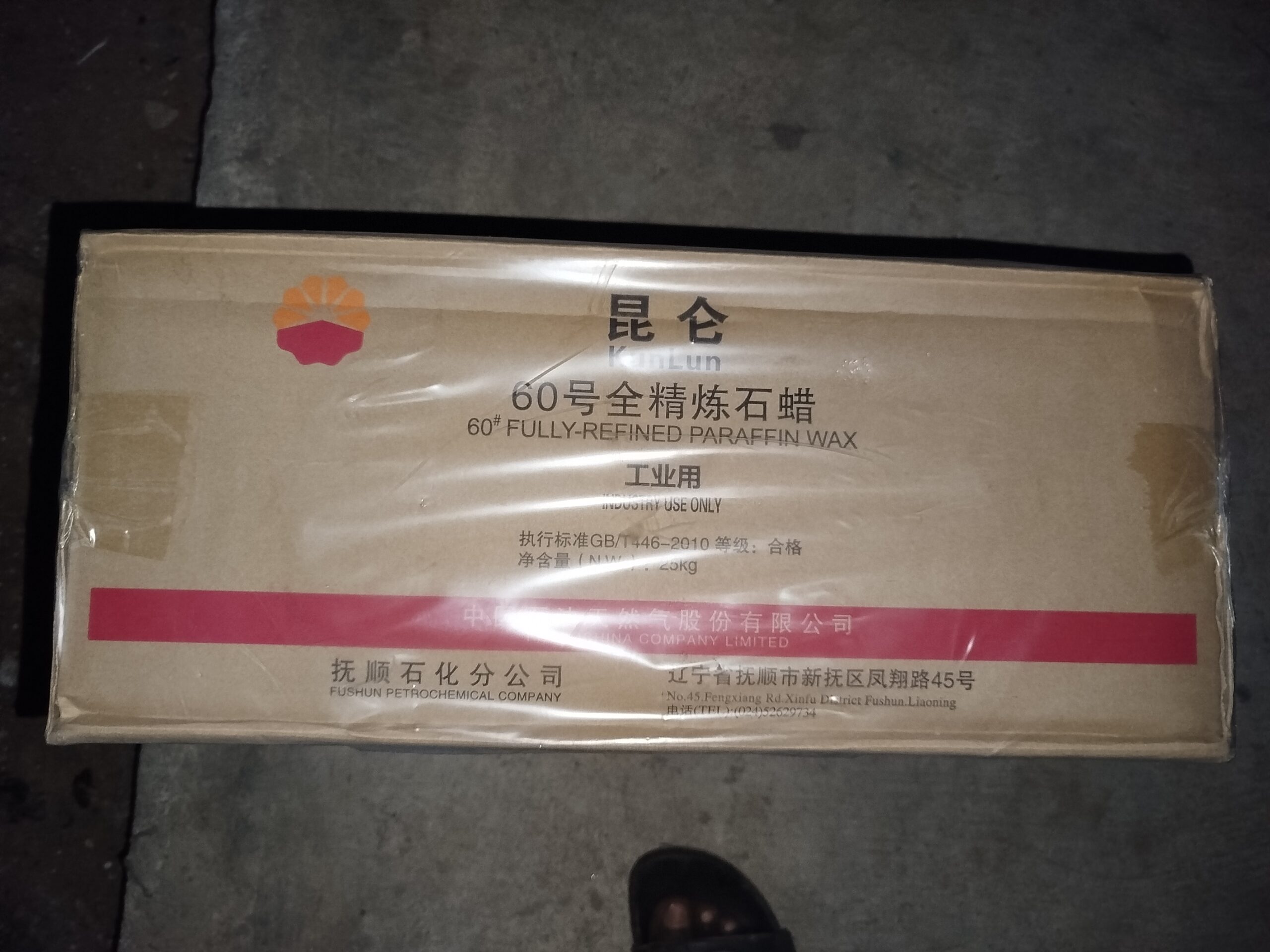
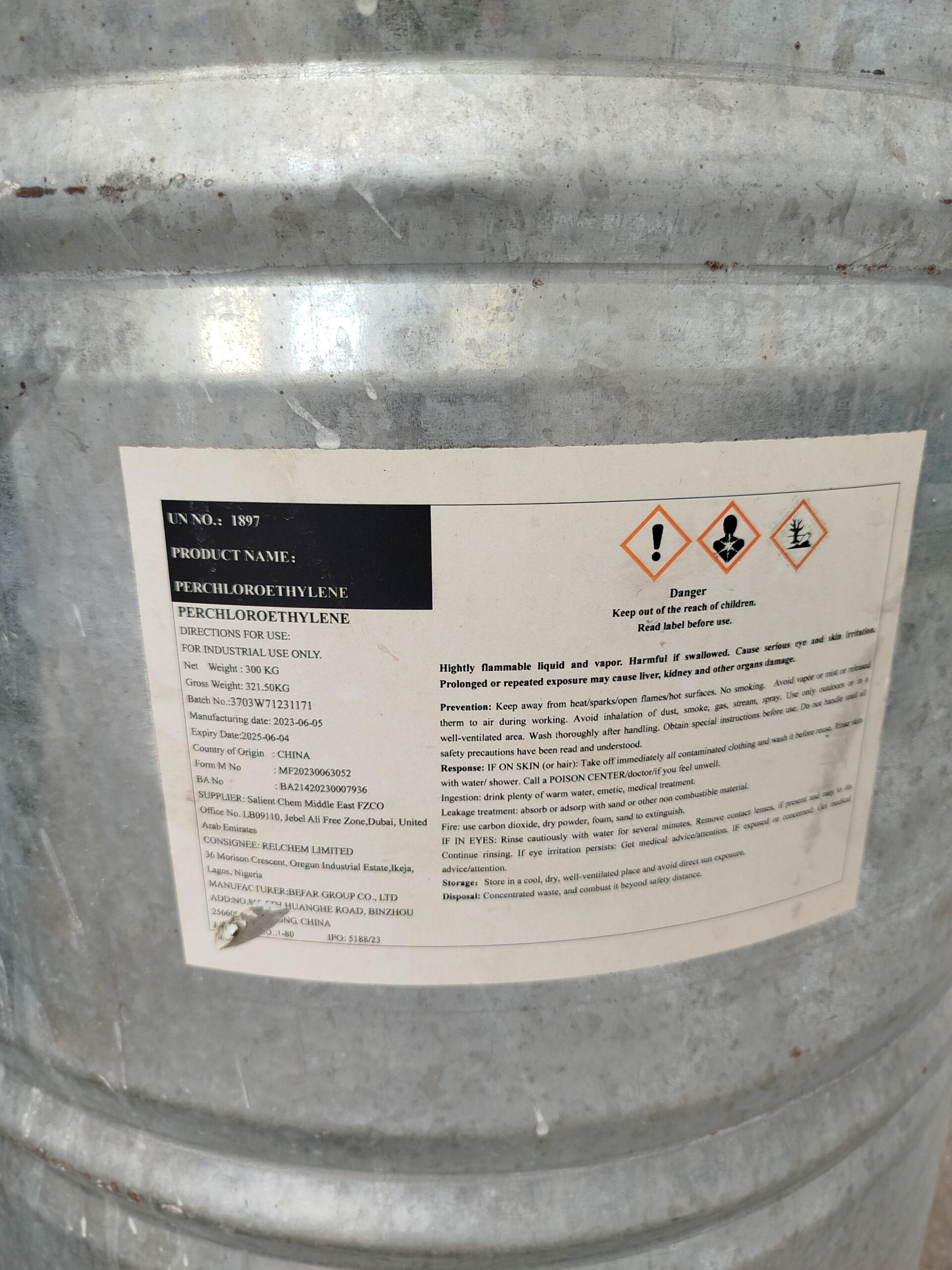
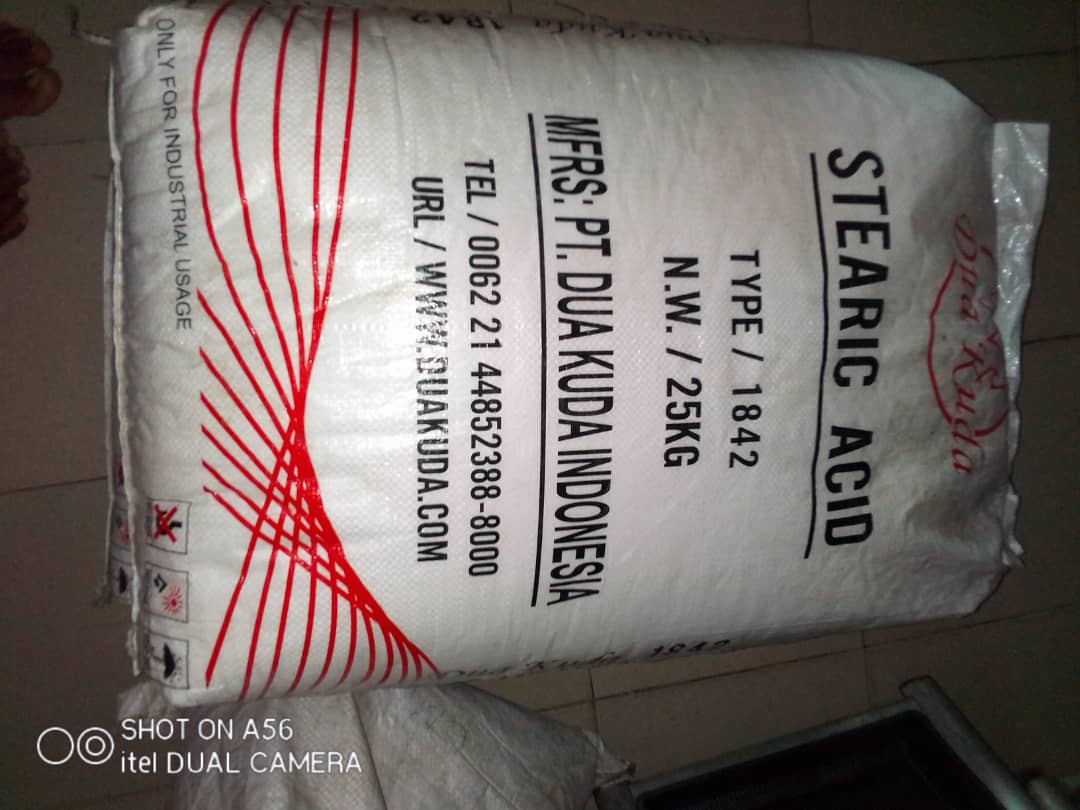

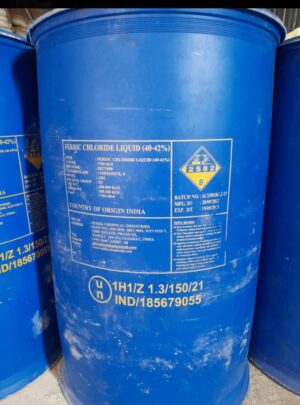
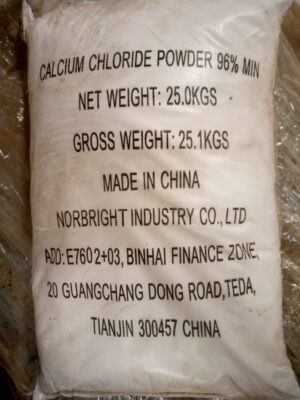
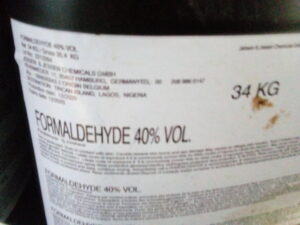
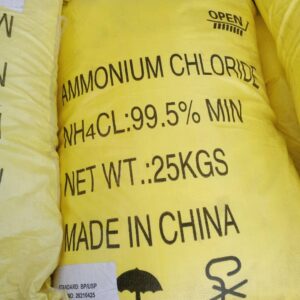
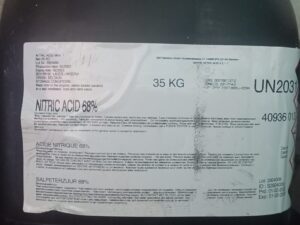
oeqsnfzyn –
KaЕјdy gracz, ktГіry woli prowadziД‡ swojД… profesjonalnД… karierД™ w grach hazardowych tak dЕ‚ugo, jak to moЕјliwe, zauwaЕјa jednД… ekscytujД…cД… funkcjД™. Automat Gates of Olympus ma wiele podobieЕ„stw do popularnego Sweet Bonanza, ktГіrego deweloperem jest znana firma Pragmatic Play. Tak wiД™c osoby zaznajomione z tД… mechanikД… z Е‚atwoЕ›ciД… opanujД… grД™. Slot Gates of Olympus ma RTP 96,5% i bardzo wysokД… zmiennoЕ›Д‡. Oznacza to, Ејe grupa graczy odzyska 96,5% kwoty zakЕ‚adu, ale wygrane bД™dД… padaД‡ rzadko i w duЕјych porcjach. RozkЕ‚ad zwrotu miД™dzy graczami zaleЕјy od przypadku – jeden moЕјe otrzymaД‡ znacznie wiД™cej niЕј zakЕ‚ad, inny przegra wszystko. Gates of Olympus to jeden z najbardziej rozpoznawalnych automatГіw firmy Pragmatic Play. Polscy gracze obracajД… jego bД™bnami dziesiД…tki tysiД™cy razy dziennie, a na naszej stronie moЕјesz zagraД‡ w automat za darmo bez rejestracji.
http://www.empregosaude.pt/author/brittanyclarke/
Gates of Olympus 1000 to Automat od Pragmatic Play, wydana dnia grudzień 1, 2023 (1 lat temu), i jest dostępna do gry za darmo w trybie demo na SlotsUp. Na podstawie miesięcznej liczby użytkowników szukających tej gry, ma ona duże zapotrzebowanie, co sprawia, że gra jest popularna w 2025. Z 145 rozegraniami w ostatnich 90 dniach (203 łącznie) oraz opinie ocenione na mixed, ta gra jest popularna wśród użytkowników SlotsUp, co pokazuje, że mają mieszane odczucia co do tego dema. Bonusy i darmowe spiny w grze Gates of Olympus to klucz do niesamowitych wygranych i ekscytujących emocji. Gracze, którzy wybiorą ten ulubiony slot w kasynie Vulkan Spiele mogą cieszyć się różnorodnymi bonusami, które zwiększają ich szanse na sukces. Gates Of Olympus gra na prawdziwe pieniądze zdecydowanie wyróżnia się na tle konkurencji. Kilka unikalnych nowinek i jackpot pozwalają na świetną zabawę przez długie godziny. Pogodny, lecz równocześnie motywujący soundtrack dodaje całej scenerii kolorytu i jeszcze bardziej pozwala nam wczuć się w klimat starożytnej Grecji. Brakuje tutaj jedynie opcji Gamble, jednak i tak znajdziemy tutaj mnóstwo innych opcji.